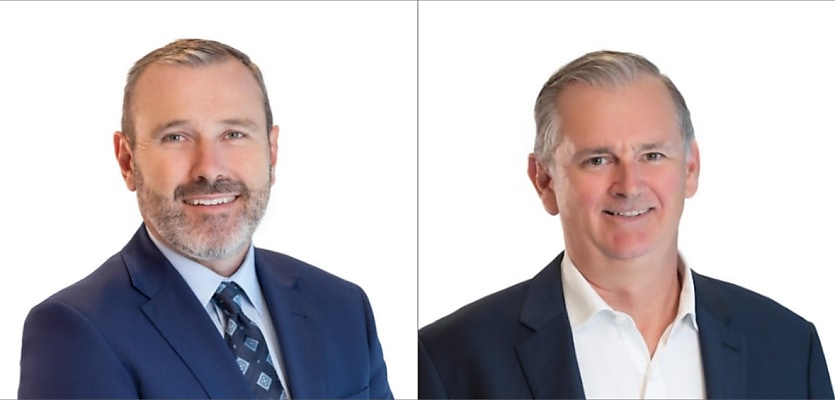Where do commercial firms turn when traditional assets are floundering? Essential services.
Recent years have brought an onslaught of challenges to Australians, and the impacts have been felt across all property sectors.
From precarious cash rates to the rise of hybrid work, the radical transformation of the nation’s business landscape has undercut confidence in traditionally robust office and retail assets.
But one asset class has carved out a reputation as a bastion of resilience amid these economic challenges: the alternatives sector.
Aged care, student accommodation, build-to-rent (BTR), healthcare and renewable energy meet essential population needs and offer investors an asset with long-term prospects.
For commercial firm Cushman & Wakefield, the growth of the alternatives sector has been substantial enough to warrant the creation of a brand-new team. David Curtis and David Bruce-Clarke have both been brought on board as co-heads of alternatives for Australia and New Zealand, bringing with them half a century of combined real estate experience.
The pair will oversee over 21 operatives across Australia and New Zealand, and will specialise in healthcare assets, retirement living and self-storage, among other areas.
“Many alternative sectors have demonstrated remarkable resilience, outperforming core sectors grappling with structural shifts, despite economic headwinds,” said Noral Wild, newly appointed CEO of Cushman & Wakefield Australia and New Zealand.
Bruce-Clarke noted the resilience of senior living sectors in particular, as a result of Australia’s ageing population profile.
“Senior living sectors offer immediate exposure to income through operational asset acquisitions,” he explained.
It’s a sector which is also growing increasingly diverse. Bruce-Clarke observed that “while mature sectors like retirement living and manufactured home estates (MHE) are attracting significant attention, newer sectors like BTR and co-living present development-led opportunities”.
Other established sectors, like healthcare and education, are experiencing a similar trend towards diversification.
Bruce-Clarke revealed that inquiry is rising for “niche offerings that sit outside the core realm including emergency services, pathology, court houses and education assets”.
According to Curtis, the affordability of alternative assets was one reason for their popularity in 2023.
“The rising cost of living posed economic challenges in 2023, but alternative sectors like MHE and senior rental assets have showcased robust operating performance due to their affordable nature,” said Curtis.
“Additionally, essential services such as education, healthcare and aged care assets have maintained medium- to long-term investment outlooks, despite short-term pressures on operating margins.”
With a strong surge in first-time scale investments in 2023, the alternatives sector is proving increasingly popular with investors; but the challenges are still not over.
With many investment managers facing “difficulty raising capital without identified and secured acquisitions”, Curtis predicted that 2024 will see a rise in “strategic joint ventures or consolidation among major players”.

Never miss a beat with
Stay across what’s happening in the Australian commercial property market by signing up to receive industry-specific news and policy alerts, agency updates, and insights from reb.
Subscribe to reb Commercial:









You are not authorised to post comments.
Comments will undergo moderation before they get published.